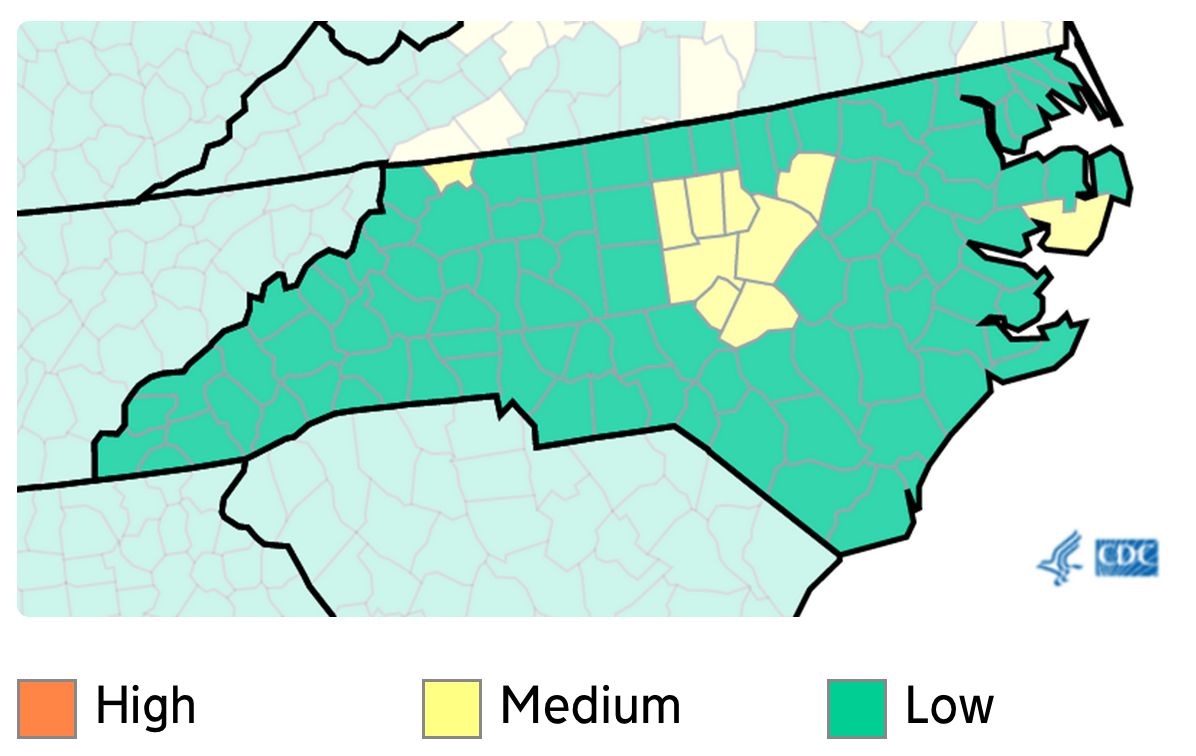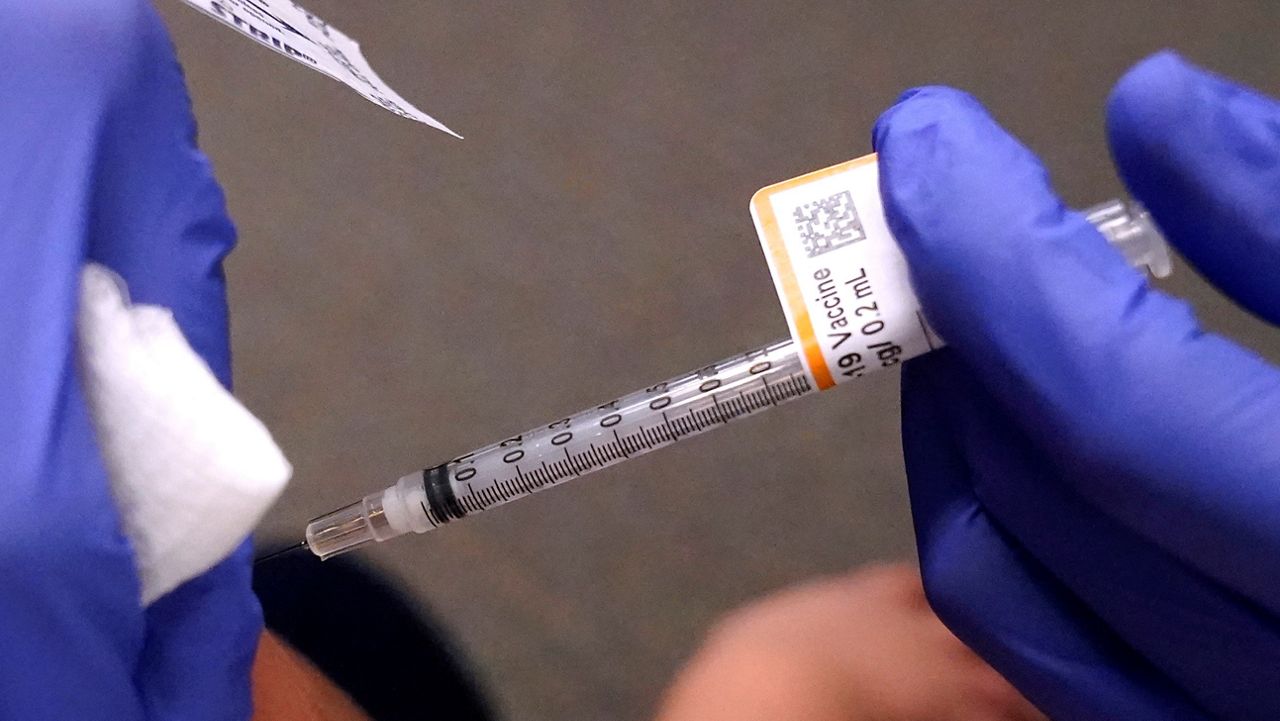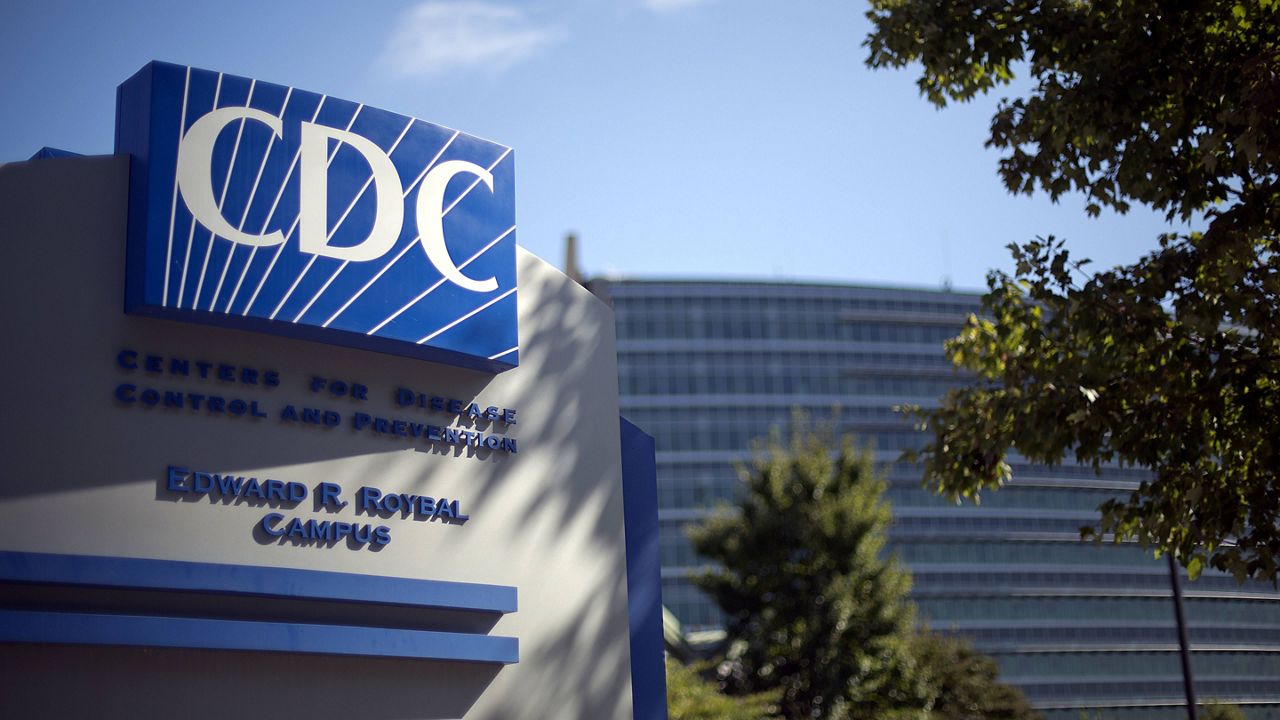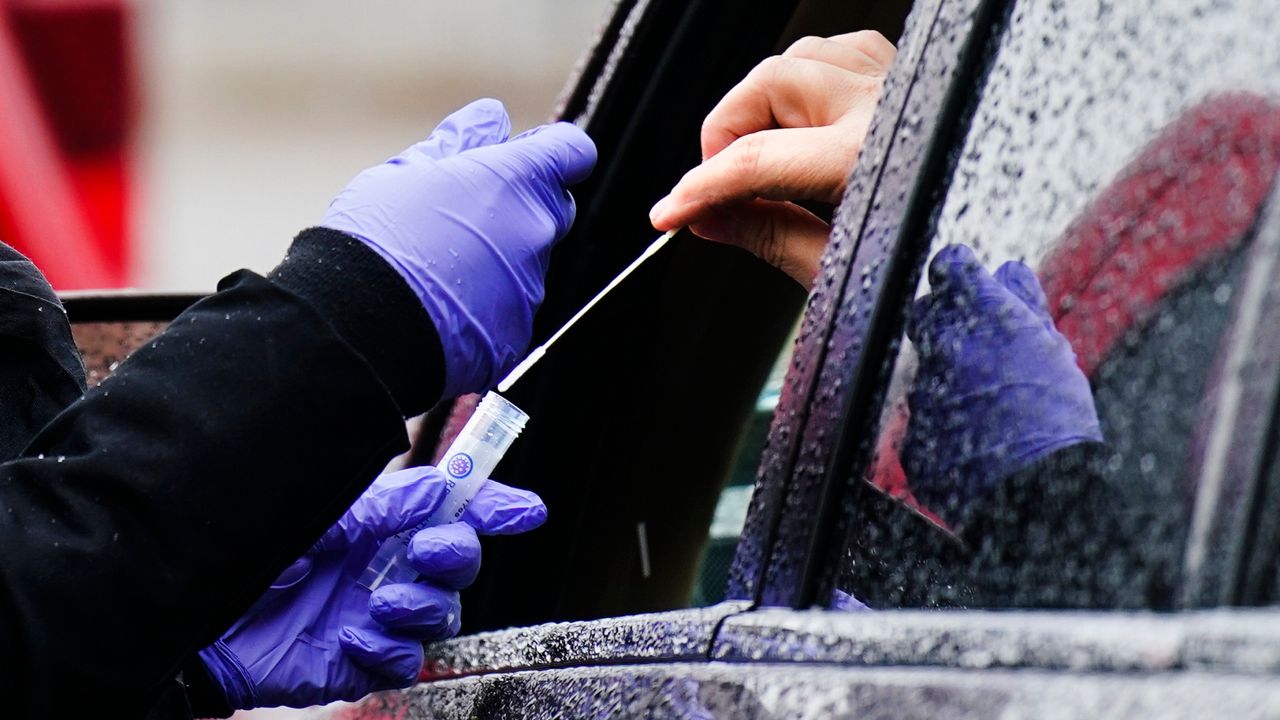The number of new confirmed COVID-19 cases in North Carolina is rising again, with more than 27,600 new cases reported in the last week, state data shows.
But that number, a 16% increase over the previous week, doesn’t tell the whole story. With all these take-home tests on the market, people who get sick are not necessarily reporting the results to the state Department of Health and Human Services.
One set of numbers public health officials are keeping a close eye on is for wastewater monitoring.
“We are seeing much higher numbers, and we are seeing that those numbers are really increasing over time in a lot of our urban locations,” said Rachel Noble. She runs the wastewater monitoring lab for the state from UNC Chapel Hill’s Institute for Marine Sciences in Morehead City.
After the omicron surge at the beginning of the year, the amount of COVID virus Noble was finding in the wastewater samples dropped to almost none. But in the past couple of weeks, those numbers have been increasing once again.
“The rate of increase this week with the numbers is higher, which means that not only are the numbers going up, but the speed with which they are increasing is getting higher and higher,” she said. “That’s concerning.”
Noble’s job is to take wastewater samples from more than two dozen sites around North Carolina, figure out how much coronavirus is in the systems and identify which variants people are infected with.
“This is based upon the idea that infected individuals shed COVID in their feces. The feces goes into the sewage treatment system whenever they flush the toilet, the wastewater treatment system, then we measure the influent,” Noble explained.
“So we’re measuring all the members of the community in that particular sample. We can do a pretty good job of detecting infected individuals, even in really small samples,” she said.
The DHHS COVID-19 dashboard includes the weekly findings from wastewater sampling at 26 water treatment plants around North Carolina.
The latest data available shows the amount of virus at nine of those sites has gone up by 100% or more in the past two weeks.

Ten counties in North Carolina, mostly in the Triangle area, are now in the COVID “yellow zone,” with a medium risk of community spread, according to the Centers for Disease Control and Prevention. That’s up from over the past two weeks. The rest of the state remains green, with a low risk of community spread.
Hospital admissions are still low, with 636 people admitted for COVID-19 in the last week in North Carolina, according to DHHS data. But that’s up by more than 20% from the week before.
The CDC’s county community risk index looks at several factors, including the number of new cases, available hospital beds and other factors.
Noble said her wastewater samples show rural areas are faring better than cities in this latest surge.
Urban areas, she said, have “more people, more children in the school system, more people interacting with each other at the grocery store and all the places where people interact, and more of an opportunity to share the virus.”
“This is a really interesting dynamic that we are looking into,” Noble said. “If there are things about rural environments that we can take advantage of. Maybe people are outdoors more. People in this area are out at the beach, and they’re out on their boats.”
She said she is looking to June to see how this latest spike in case numbers is going to drop back down or continue climbing.
“It remains to be seen how long this surge persists. We get into the summer months here and as people get more and more outdoors, school’s about to let out, so maybe that will relieve some of the pressure we’re seeing on the increase in infection rates,” she said.
But, Noble said, “If a substantial number of people in a city are already infected, you already have a mechanism for infecting others.”









